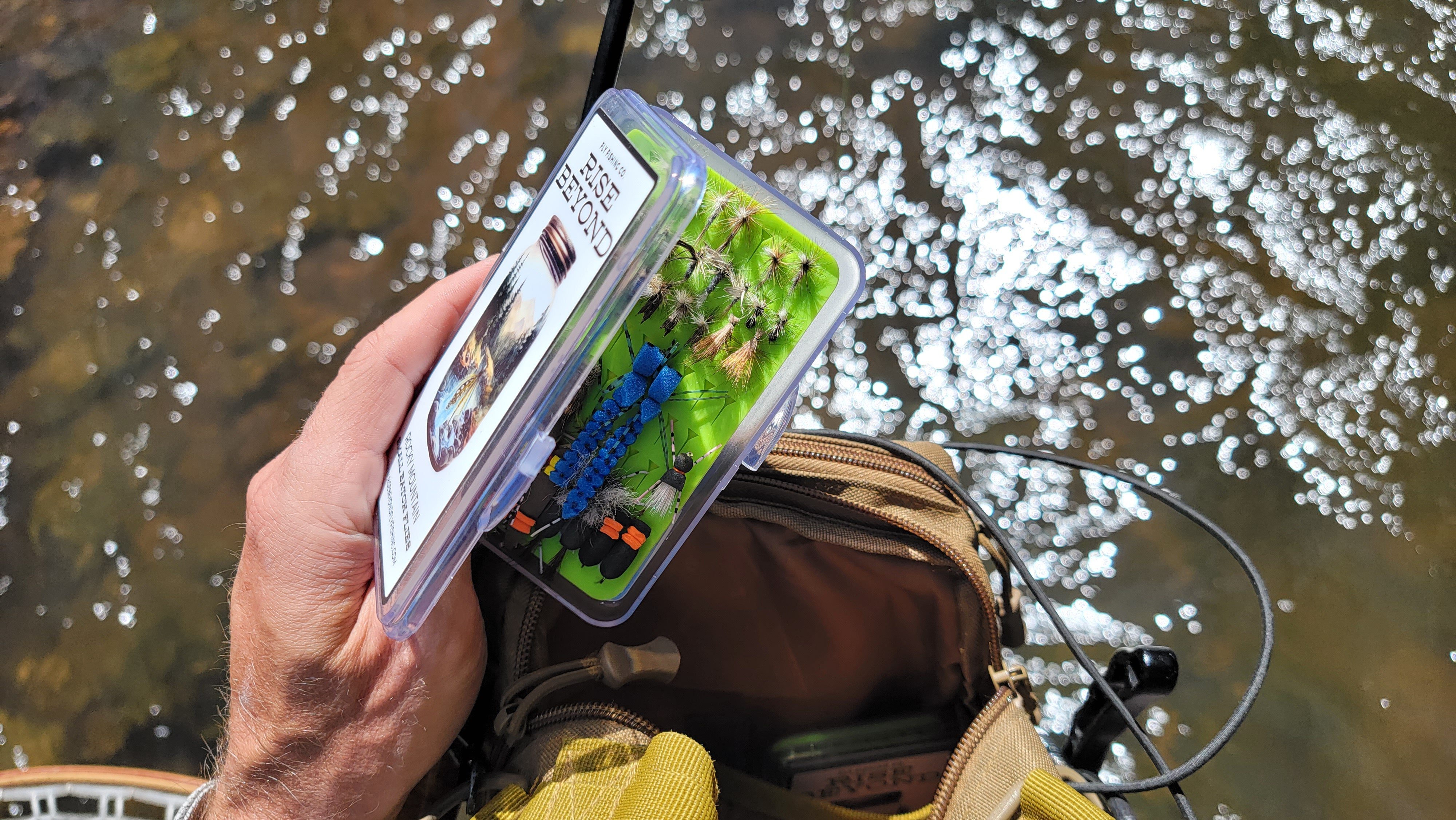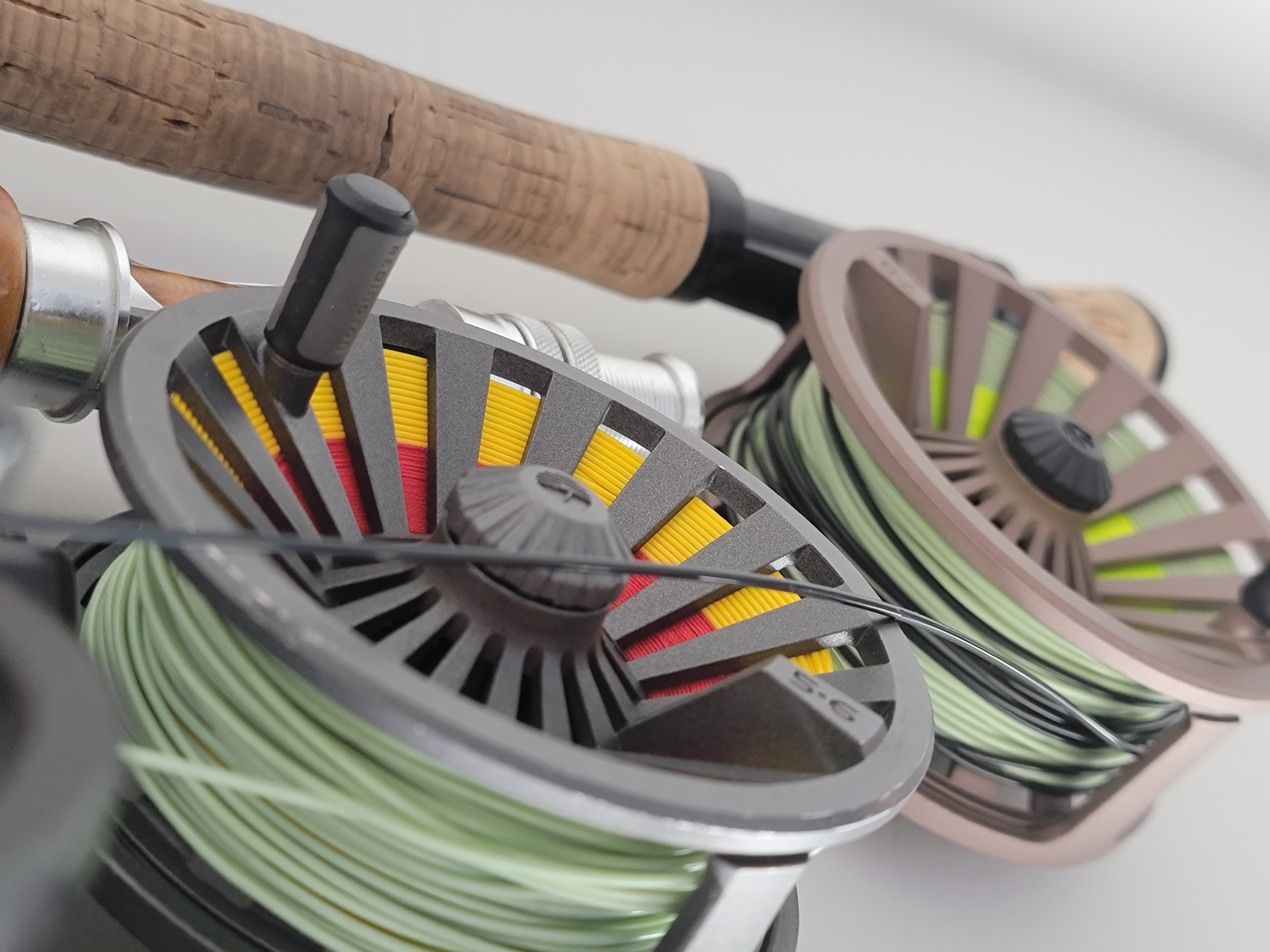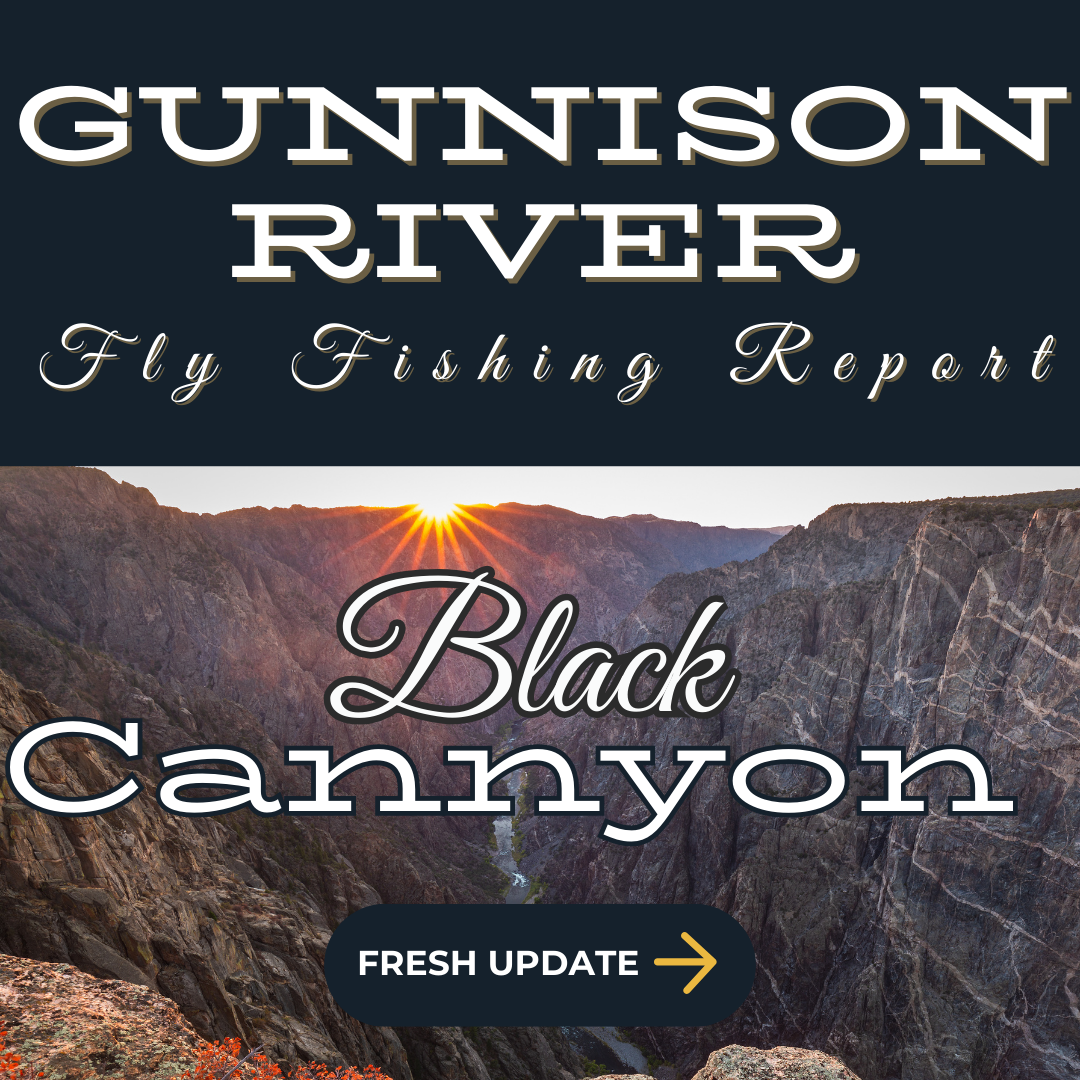The Taylor River, flowing from high in the Rockies and through Taylor Park Reservoir near Crested Butte, offers some of the best tailwater fishing in Colorado. Known for its rainbow and brown trout, the river is famed for both its technical fishing sections and peaceful canyon waters. With autumn in full swing, the river’s changing colors and more predictable flows make it a great destination for anglers looking for both beauty and big fish.

Listen to the Podcast!
The Taylor River near Almont is a cold-weather stronghold, offering year-round fishing thanks to its tailwater influence from Taylor Park Reservoir. Winter here is a battle of patience and precision, but those willing to brave the elements can find success in the deep, slow-moving pools where trout stack up to conserve energy.
Low flows and crystal-clear water mean stealth is critical—trout here see everything, so bring your finest 6X tippet and the smallest midges in your box. While dry fly opportunities are rare in winter, nymphing tiny midges, Baetis, and scuds under an indicator is the name of the game. If you’re looking for a big Taylor River brown, swinging a small leech pattern might do the trick.
Conditions Summary
%20(3).png?width=800&height=175&name=Guide%20Rating%20(800%20x%20175%20px)%20(3).png)
- Flow Rate: 100-150 CFS (below Taylor Dam)
- Water Temperature: 35-40°F
- Clarity: Crystal clear
- Best Times: Late morning to mid-afternoon
- Star Rating: ⭐⭐⭐ (3/5 – Technical but rewarding winter fishing)
River Flow Chart 😑

Taylor River Hatch Chart (Winter)
| Month | Primary Hatches | Effective Patterns |
|---|---|---|
| December | Midges, Scuds | Black Beauty (#20-24), Orange Scud (#16-18) |
| January | Midges, Baetis, Scuds | Zebra Midge (#20-24), RS2 (#18-22) |
| February | Midges, Baetis, Leeches | Mercury Midge (#20-22), Olive Leech (#8-10) |
Top 3 Flies for the Week
- Dry Fly: Griffith’s Gnat (#20-22) – Limited action but useful in slow eddies.
- Nymph: Jujubee Midge (#20-24) – Essential for low, clear flows.
- Streamer: Pine Squirrel Leech (#8-10) – Slowly twitched in deep pools.
Tips for Fly Fishing the Taylor River
Seasonal Tip
Winter fishing means low, slow, and deep—trout aren’t moving much, so get your flies down and keep drifts as drag-free as possible.
Dry Fly
If midges are clustering, small dries like Griffith’s Gnats can work in slow tailouts.
Nymphing
This is the go-to method. Try a two-fly rig with a midge and scud under an indicator.
Streamer Fishing
Large browns still hunt in winter, but they won’t chase aggressively. Use slow retrieves with small leeches or sculpins.

Access Points
Taylor Park Dam (Catch and Release Section)
- Description: Famous tailwater section with technical fishing and trophy-size trout.
- Why Fish Here: Known for challenging yet rewarding fly fishing opportunities.
- Location: [Google Maps link here]
- Locals’ Rating: ⭐⭐⭐⭐⭐
Upper Taylor Canyon
- Description: A scenic stretch with ample riffles, pools, and pocket water.
- Why Fish Here: Great for anglers seeking a mix of wade-friendly sections with fewer crowds.
- Location: [Google Maps link here]
- Locals’ Rating: ⭐⭐⭐⭐
Almont
- Description: Located downstream, near where the Taylor meets the East River.
- Why Fish Here: Known for larger trout and prime for nymphing and streamers.
- Location: [Google Maps link here]
- Locals’ Rating: ⭐⭐⭐⭐
Local Regulations and Notes on Landowner Rights
The Taylor River below Taylor Park Dam is a designated Catch and Release area, strictly regulated to protect its trophy trout population. Anglers should use only artificial flies and barbless hooks in this section. Additionally, be respectful of private lands along the river and use designated access points to ensure continued public access and conservation of this iconic fishery.
.png?width=300&height=100&name=Copy%20of%20Rise%20Beyond%20Logo%2012.31.24%20(300%20x%20100%20px).png)
.png)




